Unsolved Chess Mysteries (23)
By Edward Winter
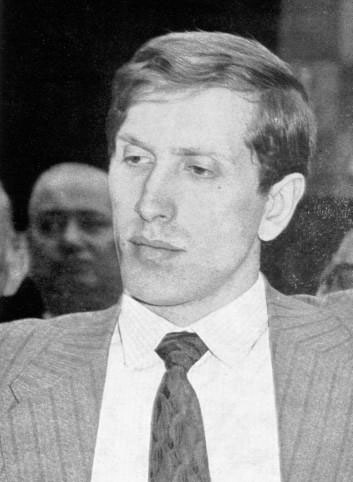
Bobby Fischer
Book planned by Fischer
In the first years of the 1960s what attempts did Fischer make to bring out
a collection of his early games? C.N. 2664 noted that page 224 of the September
1963 Chess Life had this box announcement:
‘Want to Get Published?
Bobby Fischer is compiling his early games, 1955, 56 & 57, for publication.
He is missing quite a few – and he was on the losing side of many of
these. If you have any of the scores, send them to Chess Life, c/o
J.F. Reinhardt, 80 E. 11th Street, N.Y. 3, N.Y.’
Is anything more known about this publication project? (It should be noted
that his book Bobby Fischer’s Games of Chess had already appeared,
in 1959.)
A strange Fischer note
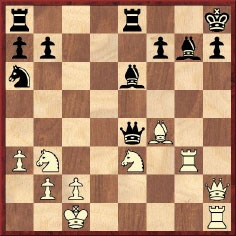
White to move and win
As reported in C.N. 4854, A.R.B. Thomas (1904-1985) gained a dose of immortality
through being quoted by Fischer in a mysterious note in My 60 Memorable Games
(New York, 1969). This occurred in his annotations to the second match-game
between Fischer and Reshevsky in 1961 (game 26), of which the conclusion is
reproduced below:
The logic of the note is unclear. Since 28 Rxg7 receives an exclamation mark,
it might even be inferred that Fischer’s comment ‘Right, Mr Thomas!’
was sarcasm. Puzzlement over this matter was, understandably, expressed by a
reader on page 66 of the February 1989 Chess Life. Page 267 of ‘Garry
Kasparov on Fischer My Great Predecessors Part IV with the participation
of Dmitry Plisetsky’ (London, 2004) gave ‘28 Rxg7!? (28 Nd2!)’.
Thomas’ letter in CHESS was published on page 249 of the Easter
1966 issue:
The book to which Thomas was referring was the Fischer biography by Frank Brady
(Profile of a Prodigy), published the previous year. There is, though,
a curiosity, as Thomas was not the first person to suggest 28 Nd2. Indeed, he
was not even the first in CHESS. Several years earlier, on page 409 of
the October 1961 issue, the following appeared:
The solution on page 416:
52 memorable games
How many copies of Fischer’s Memorable Games are known to exist?
(We are referring to the version with 52, not 60, games.) With the permission
of Mr David DeLucia (Darien, CT, USA), C.N. 5352 reproduced the following from
page 265 of his book, David DeLucia’s Chess Library A Few Old Friends
(Darien, 2007):
Dated 1967, this comes from ‘a rare “review copy” of a book
that was never published which was in Bobby Fischer’s personal library’.
Mr DeLucia also remarked that two years later My 60 Memorable Games was
published, ‘the first 52 being the same as the review copy’.
For further information on My 60 Memorable Games, see our feature
article.
Fischer in Belgrade
As noted in C.N. 2365, an interesting gap in the Fischer record is related
on page 58 of The Unknown Bobby Fischer by John Donaldson and Eric Tangborn
(Seattle, 1999):
‘Fischer’s match with Milan Matulović is shrouded in mystery.
The basic details are known. That it was held July 20-26, 1958, at the Chess
Club Slavia in Belgrade alongside a match between Bent Larsen and Milan Vukčević.
Bobby won the match 2.5-1.5, but only the first game, a win by Matulović,
has surfaced. The results of the final three games are not known, though game
four had Bobby as White in a French that went 50 moves.
Yugoslav magazines of the time had very little on the match, which was held
prior to Bobby’s participation in the Interzonal. Matulović doesn’t
seem to have his game scores.’
In C.N. 2386 John Donaldson (Berkeley, CA, USA) added:
‘John Rasmussen of Hicksville, New York, has pointed out to me that
Bent Larsen did play Milan Vukčević in a match, but in 1955 and
not 1958 as Vukčević remembered it. Edmar Mednis, in How to
Beat Bobby Fischer, describes the Fischer-Matulović event as a public
training match held to help Bobby get ready for the upcoming Interzonal at
Portorož. Does anyone have the final three games of the match?’
No further information has, to our knowledge, been found to date. More generally,
it may be mentioned here that we have compiled a list
of books about Fischer (as well as about Kasparov).
Fischer photographs
C.N. 4689 asked for information about any photographs of Fischer taken between
the mid-1970s and his re-appearance in 1992. It is a matter on which no progress
has been made so far, and the same applies to a topic raised in C.N. 4769: what
is the earliest known photograph of Fischer? Suggestions from readers will be
welcome.
Still on the subject of photographs, C.N. 3588 quoted from pages 161-162 of
Karpov on Karpov (New York, 1991), during a description of the mid-1970s
discussions between Fischer and Karpov on a possible world championship match:
‘After the talks we set out for a stroll around Tokyo. I was afraid
that autograph hounds would harass us, but, to my amazement, not one person
approached us. Here were two of the best chessplayers in modern times, whose
photographs practically never left the front page, walking down the street
– you’d think at least someone would have noticed. Later I understood
that such a thing is possible in only one place on earth: Tokyo.
One photograph – the only one in which Fischer and I are together –
was taken. The chairman of the Japanese Chess Federation, Matsumoto, ingratiated
himself with Fischer, who disliked journalists even more than their articles,
and took our picture “for his family album”. A few days later
the shot was sold to Agence France-Presse, who in turn distributed it worldwide.’
Where has the photograph been published?
Fischer in Zurich
In C.N. 4594 Joop Elderhorst (Rotterdam, the Netherlands) asked about the correct
game-score of Barcza v Fischer, Zurich, 1959. Whereas various books and databases
state that play ended at move 95, our correspondent pointed out a story attributed
to Tal on page 25 of Russians versus Fischer by D. Plisetsky and S. Voronkov
(Moscow, 1994), as well as on pages 29-30 of the 2005 edition (published by
Everyman). Below is the latter book’s translation of what Tal purportedly
stated:
‘In his game with the oldest competitor, the Hungarian Grandmaster
Gideon Barcza, Fischer had no advantage, but, not wishing to let his opponent
go in peace, played on to the 103rd move. The game was adjourned three times
and the contestants used up two score sheets, but even when there were only
the kings left on the board, Fischer made two more moves!. Draw! Stunned by
such a fanatical onslaught, Barcza could barely get up from his chair, but
Bobby nonchalantly suggested:
“Let’s have a look at the game from the beginning. I’m
sure I could have played better at some point!”
Barcza then began pleading:
“Look, I have a wife and children. Who’s going to support them
in the event of my untimely death!”’
Exactly where Tal (who was a participant in the tournament; indeed, he won
it) made these remarks is unclear, but we have found no contemporary source
suggesting that the game continued to move 103. For example, pages 118-119 of
the special issue of the Schweizerische Schachzeitung devoted to Zurich,
1959 stated that the game ended in the following position, when White had just
captured his opponent’s queen with 95 Qxa4+:
Mr Elderhorst commented in C.N. 4594:
‘It is hardly likely that another eight moves would be played in
a game between masters of such a level. Moreover, for a bare-kings ending
to occur Black would have had to allow White to take his pawn.’
Bobby Fischer and Barbra Streisand
Milan Ninchich (Macquarie, ACT, Australia) supplied in C.N. 4966 an extract
from page 41 of Barbra The Way She Is by Christopher Andersen (London,
2006):
The Erasmus connection is well known, but the question posed, and currently
unanswered, is where the quotes about ‘Fisher’ came from.
The photograph below, from page 114 of the April 1959 Chess Review,
shows Fischer at the time he was a student at Erasmus Hall:
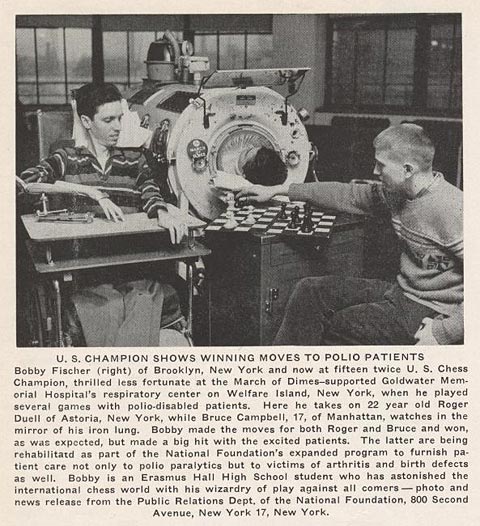
Bertok v Fischer
In C.N. 4867 Jonathan Hinton (East Horsley, England) referred to Bertok v Fischer,
Stockholm, 1962, which is game 34 in Fischer’s My 60 Memorable Games.
It began 1 d4 d5 2 c4 e6 3 Nc3 Be7 4 Nf3 Nf6 5 Bg5 and continued:

Our correspondent commented, firstly, that the note at Black’s eighth
move is faulty: 9...O-O is not possible, since Black has already castled. Secondly,
he pointed out that his 1988 Faber and Faber edition of the book (a paperback
with a black cover) attempted to correct the mistake but made matters worse:
instead of ...O-O being changed to ...B-N2 in the note to Black’s eight
move, that alteration was introduced, impossibly, in the score of the game,
at move five:
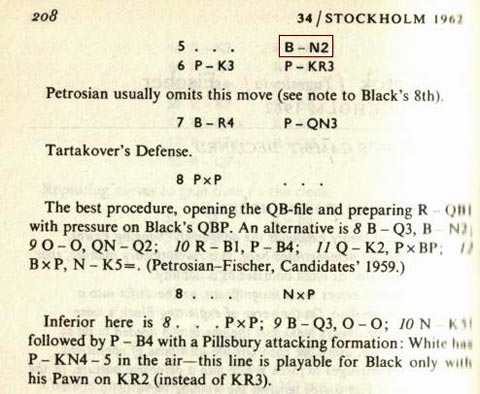
We added a complication: our own copy of the 1988 ‘black edition’
is slightly different from Mr Hinton’s (on the back cover they are priced
at £4.95 and £7.99 respectively). Our copy still has ...O-O in both places.
It seems that only the 1995 Batsford edition (page 130) has this matter correct:
5...O-O in the game-score and 9...Bb7 in the note at move eight. How did the
confusion arise?
Fischer, Kriegspiel and Collins
In C.N. 3994 Michael McDowell (Westcliff-on-sea, England) quoted the following
from page 16 of A Tribute to G.F. Anderson compiled by G.W. Chandler,
C.R. Flood and R.C.O. Matthews (published by the British Chess Problem Society
in 1974):
‘The logical element in Kriegspiel problems gives them an appeal to
players that many conventional problems lack. Not long after Are There
Any? was published, Robert C. Stephenson, one of our members, wrote to
Anderson:
“I write because I must have another copy of Are There Any?
I had solved only up into the thirties when last night I incautiously carried
it down to the Marshall Club to show it to Jack Collins. Then, seeing it
in Jack’s hands, Bobby Fischer pounced upon it in great excitement
and before the evening was over the two of them had so made it theirs, were
so comically oblivious of the mere owner, that I hadn’t the heart
to explain that I had brought it to show, not to bestow.”’
Mr McDowell commented:
‘Anderson’s 1959 book Are There Any? is a fascinating
collection of Kriegspiel problems. I am not aware of any other reference to
Fischer showing a direct interest in the composition side of chess (as opposed
to Benko setting him problems to solve).’
Jack Collins was also mentioned in C.N. 4688, when Javier Asturiano Molina
(Murcia, Spain) drew attention to the following passage about Fischer on page
483 of ‘Garry Kasparov on Fischer My Great Predecessors Part IV
with the participation of Dmitry Plisetsky’ (London, 2004):
‘In 1977 he easily defeated a computer at the Massachusetts Institute
of Technology (3-0), and he crushed his teacher Collins in a training match
(+16 –1 =3).’
Our correspondent asked what is known about this ‘training match’
against Collins, but so far nothing has come to our attention.
Fischer quotes
The above article about Fischer on pages 97, 98 and 100 of Life, 21
February 1964 was referred to in C.N. 5200. It contains a number of colourful
observations ascribed to the young master, but is it known that they are ‘safe’?
We refrained from quoting from such an article, bearing in mind Fischer’s
remark, ‘A lot of these quotes about me are not correct’ (see our
article Instant
Fischer).
Indeed, the largest single category of loose ends regarding Bobby Fischer arguably
relates to remarks attributed to him without any precise, reliable source. A
major contribution to the cause of chess truth, and to Fischer’s memory,
would be a webpage featuring only those quotes which are known to be correct
and for which exact citations are supplied.
Submit information
or suggestions on chess mysteries
 Edward
Winter is the editor of Chess
Notes, which was founded in January 1982 as "a forum for aficionados
to discuss all matters relating to the Royal Pastime". Since then around
5,300 items have been published, and the series has resulted in four books by
Winter: Chess
Explorations (1996), Kings,
Commoners and Knaves (1999), A
Chess Omnibus (2003) and Chess
Facts and Fables (2006). He is also the author of a monograph
on Capablanca (1989).
Edward
Winter is the editor of Chess
Notes, which was founded in January 1982 as "a forum for aficionados
to discuss all matters relating to the Royal Pastime". Since then around
5,300 items have been published, and the series has resulted in four books by
Winter: Chess
Explorations (1996), Kings,
Commoners and Knaves (1999), A
Chess Omnibus (2003) and Chess
Facts and Fables (2006). He is also the author of a monograph
on Capablanca (1989).
Chess Notes is well known for its historical research, and anyone browsing
in its archives
will find a wealth of unknown games, accounts of historical mysteries, quotes
and quips, and other material of every kind imaginable. Correspondents from
around the world contribute items, and they include not only "ordinary
readers" but also some eminent historians – and, indeed, some eminent
masters. Chess Notes is located at the Chess
History Center.





















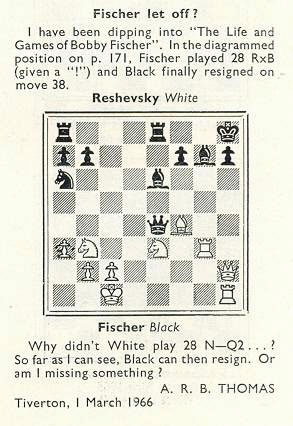
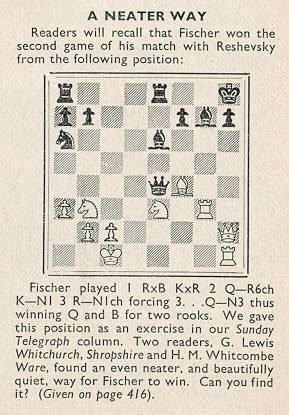

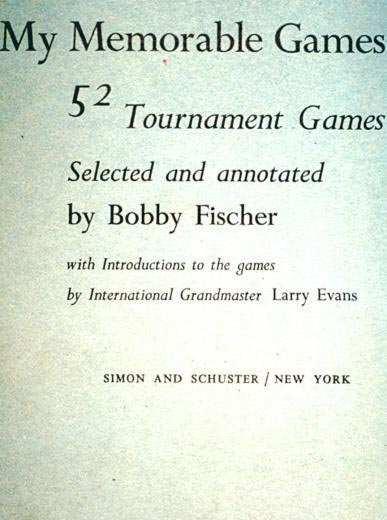

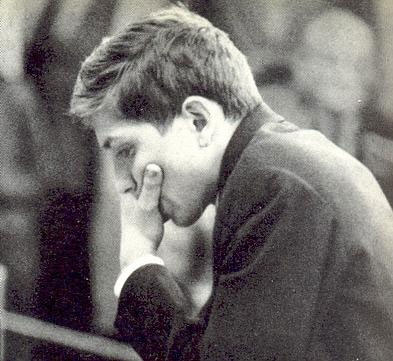
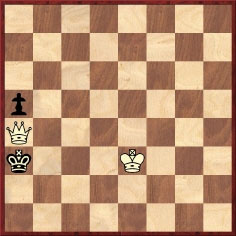




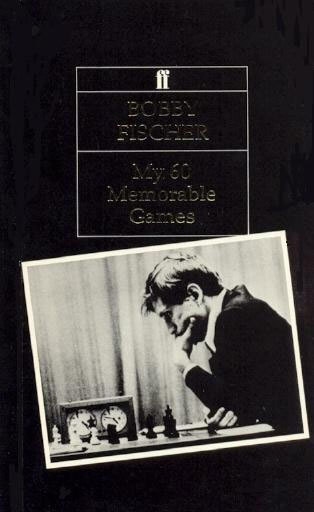
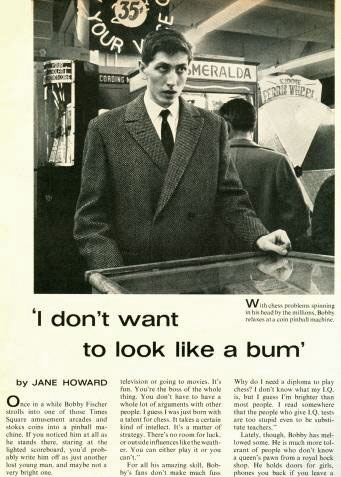

 Edward
Winter is the editor of
Edward
Winter is the editor of 




